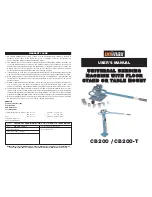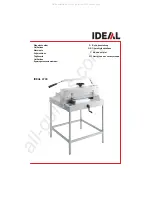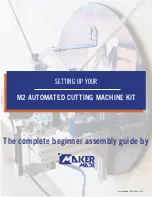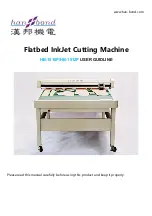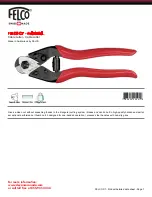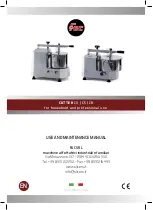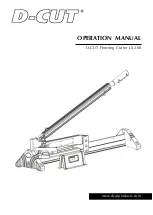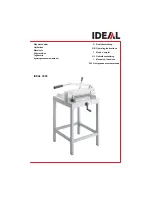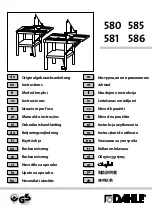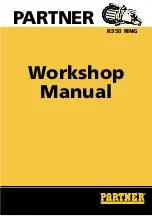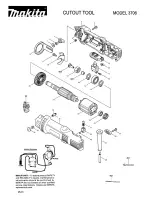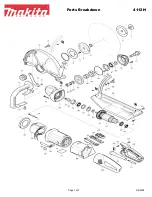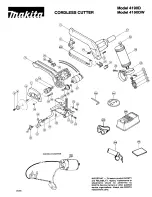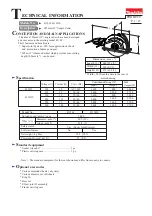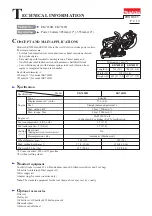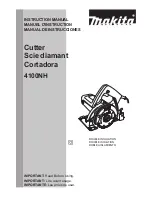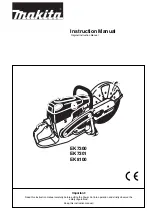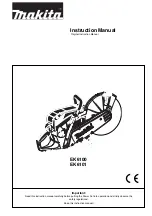
6
Basic operation
•
The most part of this manual describes procedures how to perform common work piece bending
operations. Besides information you will learn from this manual you must gain experience from trial and
error methods to become efficient in all and special bending operations.
•
You will discover differences when performing various type of bending procedures such as arch bends,
sharp angle bends or if you shape material using a die.
Most common procedures
•
Never try to bend material that is thicker than 6 mm around the centre stud, without the installed die,
size at least 1".
•
When performing various bending operations, proceeds according to procedures depicted on the
following pictures.
General information
•
Select material and its dimension according to the drawing or design.
•
Select the appropriate dies (for the centre stud or the handle) that will be needed to produce the work
piece. Choose the applicable hole to fasten the handle to the bracket assembly.
•
Install the stopper cube or sharp-angle die. Mount the cube support. Make sure you install the stopper
cube correctly.
•
Place the work piece in the machine and secure it in place.
•
Perform first bend. Check the angle and the position of the bend and proceed.
•
Perform other bends and follow the same steps. Sometimes you will have to take the work piece from the
machine, turn it around or put it back backwards.
Hole identification in the moveable and non-moveable parts of the machine.
The samples included in this manual have the bracket and handle holes numbered.
OPERATION
Hole numbering
Handle holes
Non-moveable and moveable stoppers
Non-moveable
stoppers
Bracket
holes
Moveable
stoppers
35
Bend No. 1
Slide the work piece in the machine all the way to the mark No. 1 (pic. A)
and perform 80° angle bend. Check the angle.
Bend No. 2
Slide the work piece to the mark
No. 2 (pic. B) and perform 80°
angle bend. Check the angle.
Remove the stud that holds
the sharp-angle die in place.
Remove it from the machine.
Final steps
Stitch weld both parts together.
Grind and sandblast all sharp edges.
REQUIRED MATERIAL
Flat steel bar 4.8 mm,
max. width 50.8 mm.
1 flat steel bar 190.5 mm long
1 flat steel bar 114.3 mm long
BENDING PROCEDURE
(flat steel bar 190.5 mm long)
Mark the locations of the bends on the 190.5 mm long bar, as shown on the picture.
Bend No. 1
Slide the work piece in the machine all the way to the mark No. 1 (pic. A)
and perform 50° angle bend. Check the angle.
Bend No. 2
Turn the work piece around and slide it to the mark No. 2 (pic. B) and perform 50° angle bend.
Remove the stud from the
sharp-angle die and remove it.
Final steps
Stitch weld the arch part to
both parts (114.3 mm long).
The upper and the lower "Z"
arm must be parallel to each
other and the distance
between them must be
152.4 mm. Grind and
sandblast all sharp edges.
25.4
mm
25.4
mm

